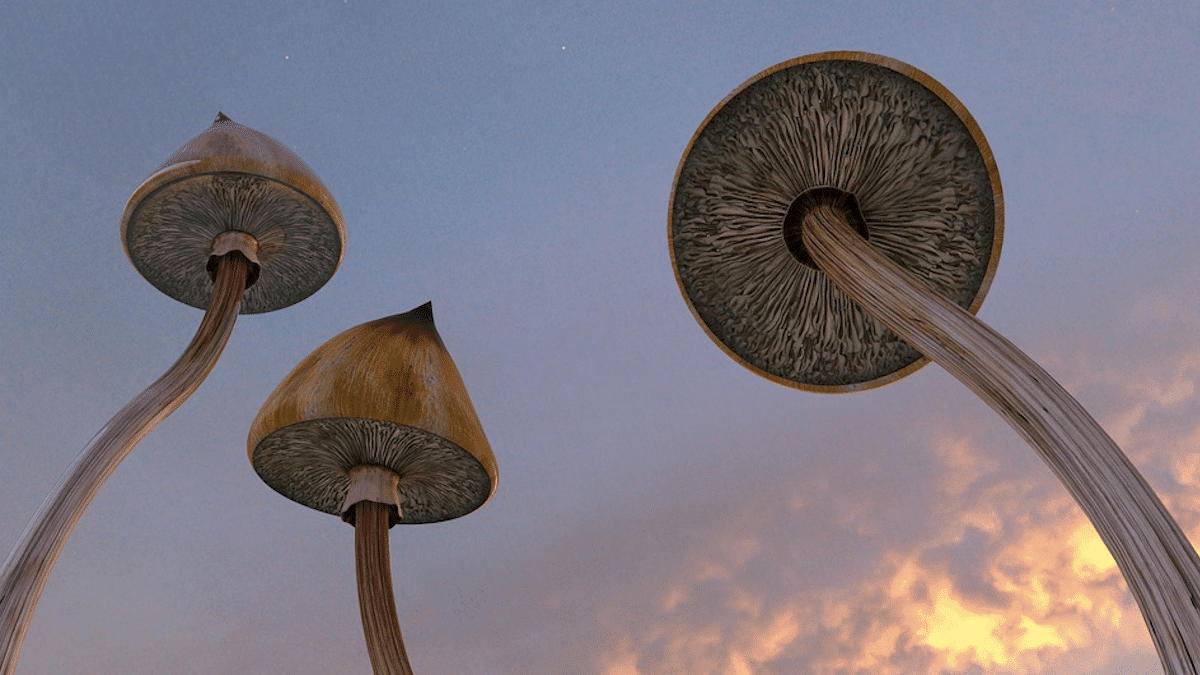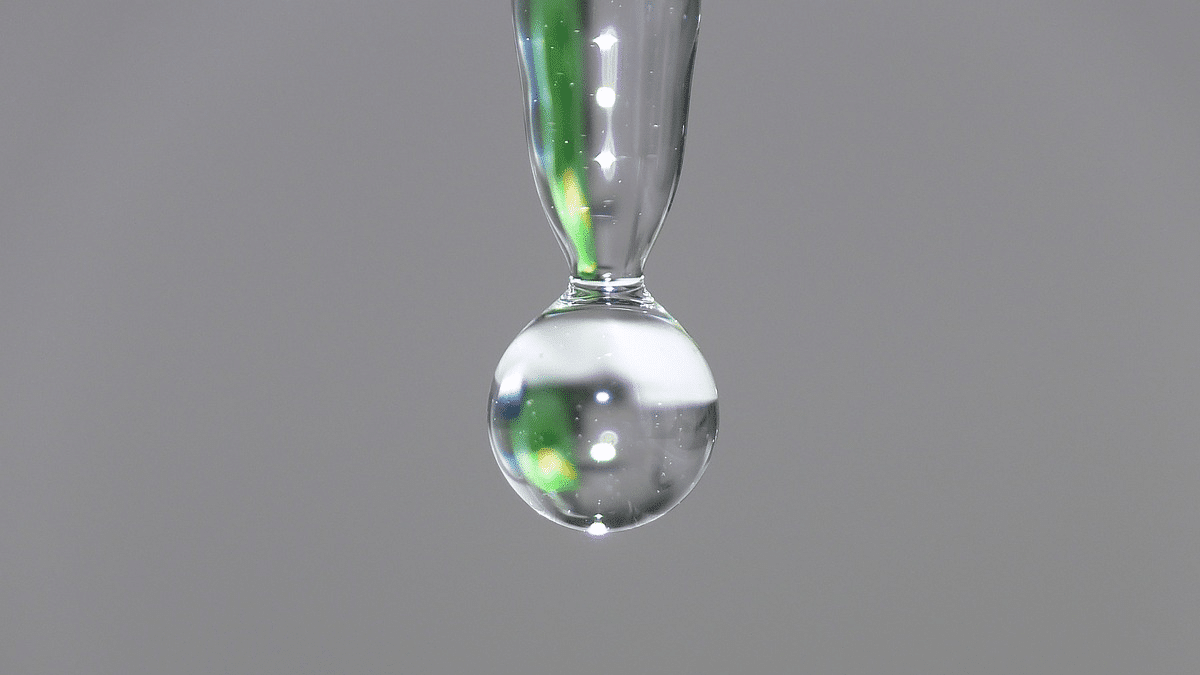Have you ever heard of microdosing? It's a fascinating trend that has become increasingly popular in recent years. Microdosing involves taking very small amounts of psychedelic substances, such as psilocybin truffles or mushrooms, to experience various benefits without the violent trip usually associated with these substances. But what does science actually say about microdosing? Is it just a placebo effect or is there real neuroscience behind it? We dive deeper into the matter, so read on quickly!
Table of contents
What is microdosing and how does it work?
Microdosing refers to taking small amounts of psychedelic substances such as LSD or psilocybin (the active ingredient in magic mushrooms and truffles) for the purpose of experiencing subtle improvements in cognition, mood and creativity [1]. Unlike recreational use, which involves taking higher doses for an intense trip, microdosing involves taking very small doses that are believed to be just below the threshold of perceptual change.
Although there is little published research on microdosing, experiments to date have yielded promising results. These studies suggest that microdosing may lead to improvements in various aspects of cognition, such as attention, problem-solving ability and creativity [2]. It is also suggested that microdosing may help reduce anxiety and depression.
The placebo effect
Now you may be thinking, "Wait a minute, aren't all these positive effects people are reporting just placebo effects?" And that's a good question to ask. The placebo effect is a phenomenon in which people experience positive changes just by believing that a treatment or medication works.
Although it is difficult to completely rule out the placebo effect in microdosing studies, some experiments suggest that there is more to it than just a placebo effect [3]. It has been found that microdosing can cause actual changes in brain structure and function, suggesting that there is real neuroscience behind it.
The future of microdosing research
Despite the promising results so far, further research is needed to understand the true mechanisms of action and effects of microdosing. Fortunately, more and more universities and research institutes are showing interest in this emerging topic. If you are interested in microdosing, it is important to exercise caution and consider legal and ethical issues. Psychedelic substances are illegal in most countries and there may be risks associated with their use.
Grow your own mushrooms with a grow kit
A growkit is a handy kit that allows you to grow your own mushrooms at home. It contains everything you need, including psilocybin mushroom spores, substrate and instructions. With a grow kit, you can set up your own little mushroom farm in no time and enjoy fresh, organic mushrooms for microdosing. Growing your own mushrooms with a grow kit has several advantages. First, you know exactly what is in the mushrooms because you have grown them yourself. This gives a sense of control and confidence in the quality. Also, you can choose between many types of mushrooms such as: Cambodian, Thaise or Mexican mushrooms.
Sources:
[1] https://www.jellinek.nl/vraag-antwoord/wat-houdt-het-microdoseren-van-psychedelica-in/
[2] https://pubmed.ncbi.nlm.nih.gov/37395359/
[3] https://blog.petrieflom.law.harvard.edu/2022/04/07/is-microdosing-just-placebo/








Add comment